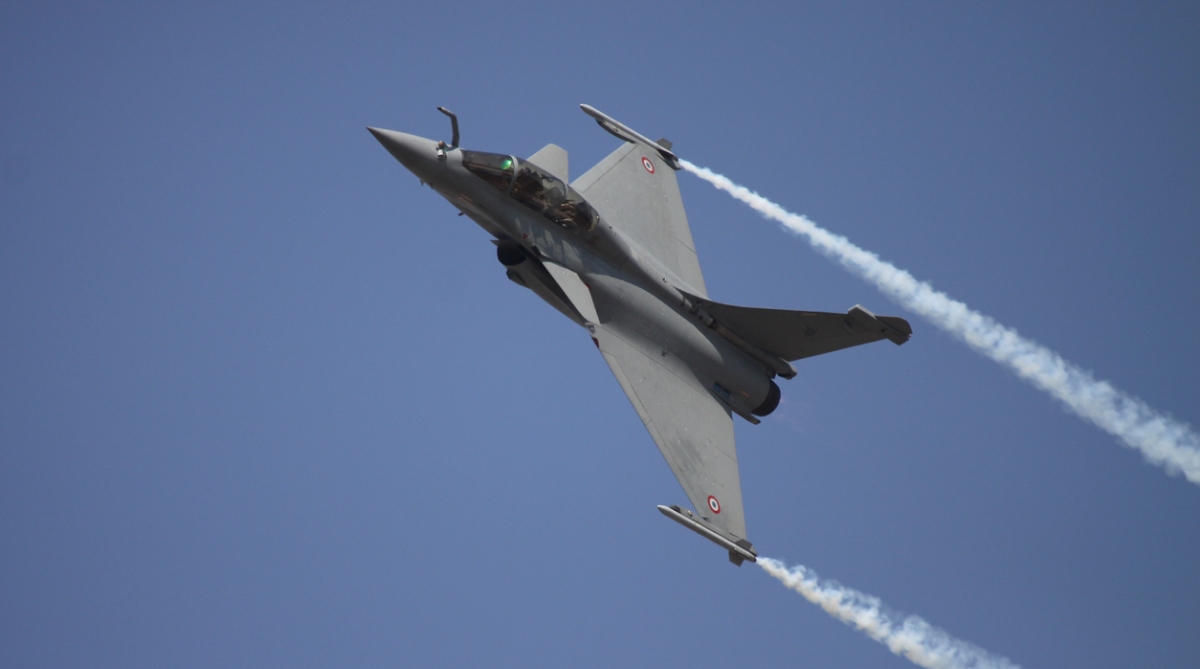Post Rafale miss, the over 30,000 upset officials and staff at the Hindustan Aeronautics Limited (HAL) are a worried lot. For, in the absence of any orders for new aircraft, HAL will be left with idle manufacturing capacity. That, too, in just three years from now, leaving scores of employees without much to do.
The PSU, which has been repeatedly getting an “excellent” rating from the defence ministry for its performance, was shocked to learn that it would not be a part of the Rafale deal especially since it was involved in different aspects relating to the induction right from the beginning.
Advertisement
“We do not know where things went wrong. We were part of the technical and allied negotiations from the beginning. All of a sudden, however, we were not there. Originally, we were to manufacture 108 of the 126 Rafales to be purchased from Dassault Aviation.” This is the refrain of the HAL officials, past and present, who spoke to The Statesman.
According to them, HAL had prepared itself for the deal even investing substantially in anticipation.
“It would have kept our manufacturing lines busy for the next 15-20 years. Now, following the inexplicable denial, we suddenly find ourselves facing the prospect of idle capacity,” a retired top official admitted.
Admittedly, while the PSU has sufficient orders for helicopters it does not have fresh orders for airaaft which it needs for utilisation of its capacity.
That is a big worry for now. As the officials, who did not want to be named, explained, once the PSU completes the deliveries of the SU-30s in about three years’ time, it will face idle capacity issues.
This, even after taking into account the manufacture and delivery of LCAs for which it will be providing additional lines which were used for making the Hawks. The Hawk AjT, for one, was produced by HAL under licence from BAeS, UK, and the first aircraft was handed over to the IAF in August 2008.
The production programme of 42 Hawks for the IAF was concluded in 2010-11 and subsequently another 57 were supplied. The delivery schedule was completed in July 2016. It has also developed expertise in aircraft upgrades for the Jaguar, NAVWASS aircraft to Darin-11 standard, MiG -21, MiG-27 M, Sea Harrier, Cheetah and Chetak helicopters.
Repeatedly asserting that HAL could have easily delivered the Rafale, one retired official claimed that the organisation would have even given guarantees for what it produced but not for design deficiencies, if any.
“These should come from the OEM,” he said.
After all, HAL had produced Mirages, LCAs and the Hawks, to name a few aircraft, which were still running efficiently. Surely, it should have been given a level playing field, is the common refrain.
Taking exception to the undermining of the company, some of the officials could not hide their anger as they believed that it was imperative for the government to support HAL instead of seeking to run it down. In this context, the officials also wondered about the Repair and Overhaul of the 36 Rafale aircraft which are being purchased now.











